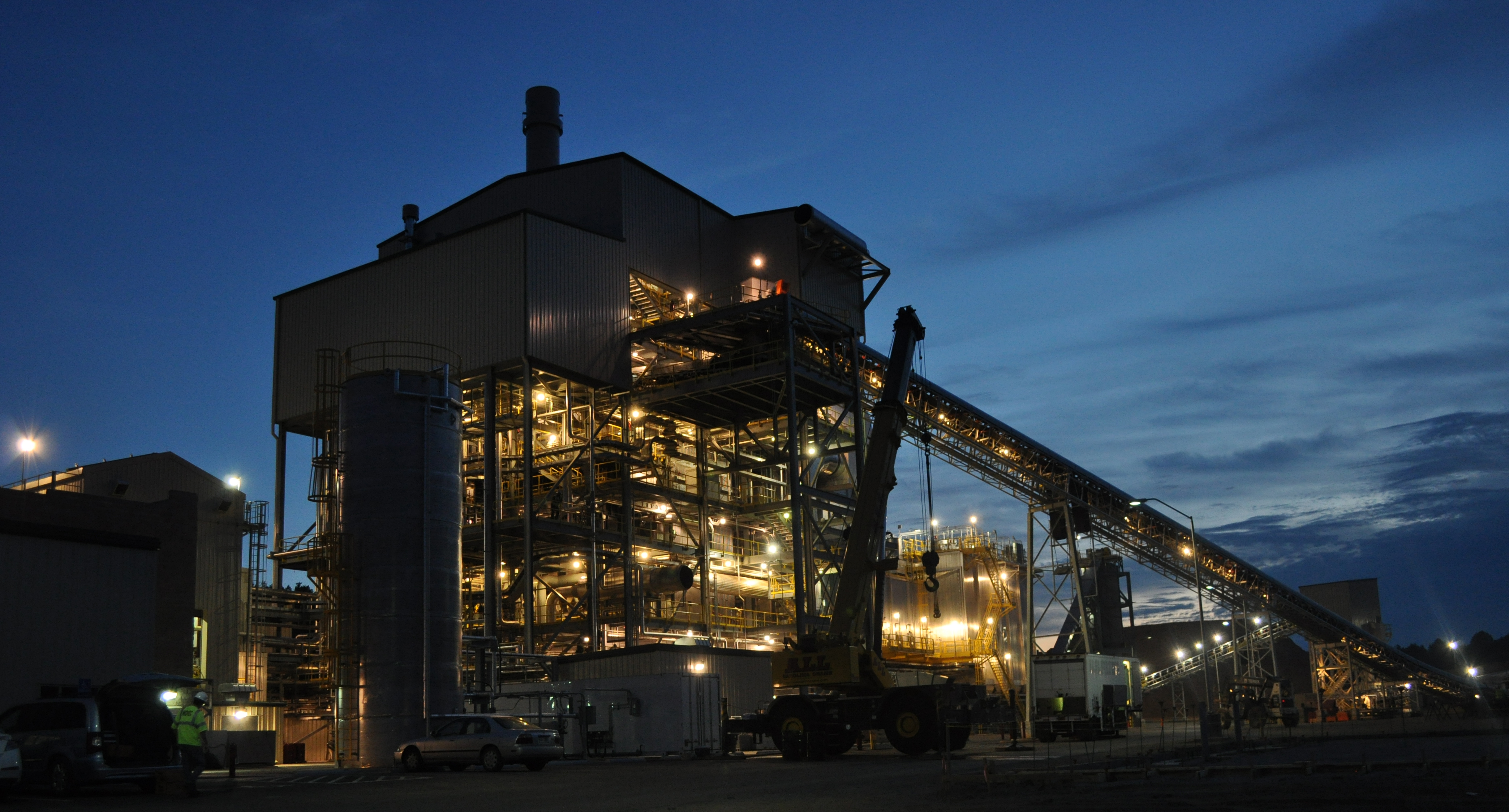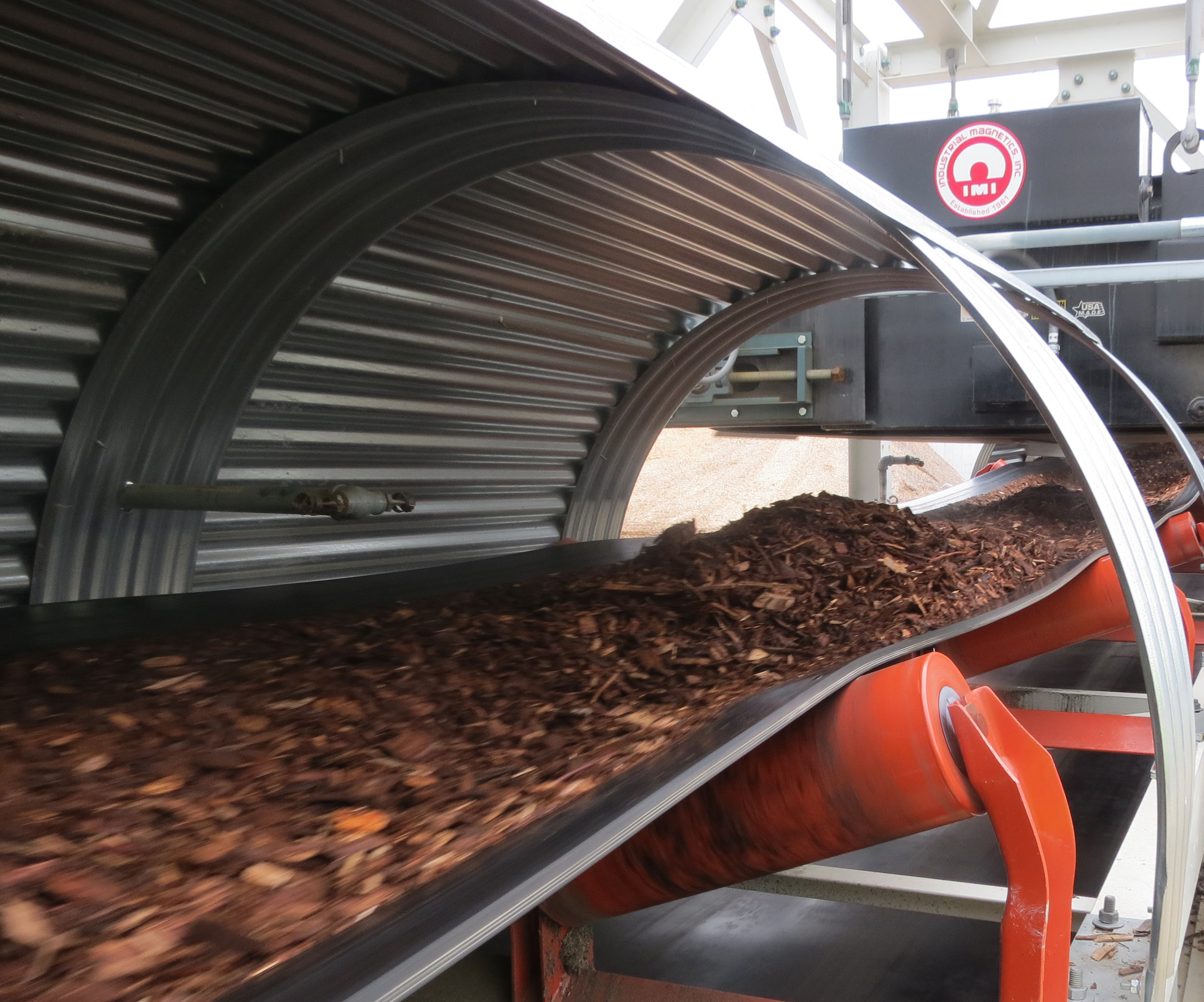What is Biomass?
NOVEC is using wood waste to create renewable energy
Biomass isn’t often mentioned in the discussion of renewable energy production, but maybe it should be. According to the U.S. Energy Information Administration, biomass currently ranks third in power generation among renewable sources across the country.

Energy companies throughout the country continue to look for ways to leverage the renewable resources around them to provide power to customers. While these resources vary from region to region, the goal is the same — to provide cleaner power to customers at an affordable cost. Many local utilities are able to take advantage of abundant sunlight, consistent wind, or large waterways that are available to produce hydropower. For much of Virginia, though, these natural resources aren’t available in quantities sufficient for reliable and economic power generation. What Virginia does have is an abundant supply of wood waste — perfect for biomass power production.
So how does NOVEC’s biomass power production work? Loads of leftover wood waste, typically left in forests to decay, are chipped and delivered by truck to NOVEC’s Halifax biomass plant. The wood chips are then burned to generate enough electricity to power up to 16,000 homes. The process adds no new contaminates to the environment, and unlike coal-burning power plants, it does not emit mercury or sulfur into the air. The facility has an electro-static precipitator that traps particulates in the exhaust stream and reduces them below a permitted level. The final collected matter, also known as fly ash, is then distributed to local farmers as a liming agent, which can be used to grow the next generation of trees.

NOVEC’s biomass facility is located in Virginia’s Southside region where acres of forests and commercial logging create abundant wood waste that can be used all year. The plant, operational since 2013, can generate up to 49.9 megawatts of electricity. To give you an idea of just how much energy that is, a 160-acre solar installation under construction in central Virginia is expected to produce 17 megawatts, or enough to power about 4,250 homes.
In addition to providing renewable energy from its biomass facility, NOVEC works with customers to set up solar installations throughout its territory. The Co-op’s net-metering program provides customers the opportunity to produce their own solar energy and feed excess power back to the grid. The program has grown each year and some of its larger solar customers produce as much as 190 kilowatts of power.
NOVEC is committed to providing safe and reliable power and will continue to investigate all renewable-energy resources available. There have been exciting strides made in alternative energy development in recent years, but among renewable energy sources available in Virginia today, biomass power production is still one of the most dependable, economical, and environmentally friendly. For more information about NOVEC's biomass plant and other environmental efforts, visit www.novec.com/renewable.

